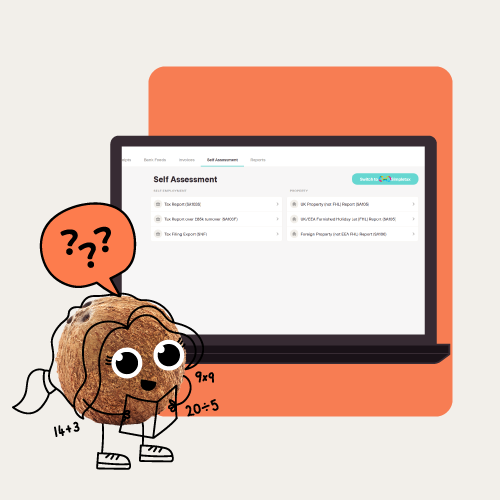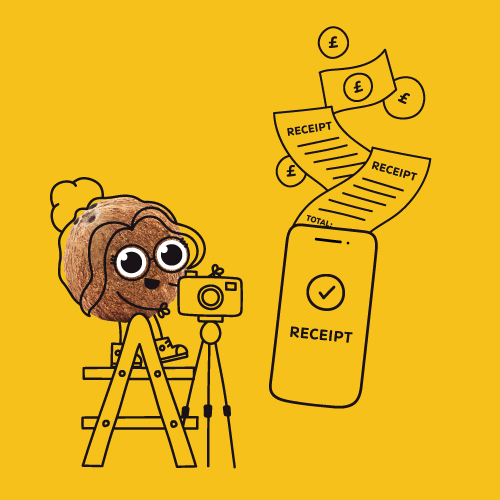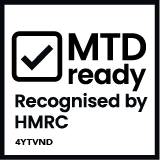When you're self-employed and operating as a sole trader, you have quite a long time to pay your tax bill after the end of the tax year. For example, the deadline for the tax year that ended on the 5th April 2022 is 31st January 2023.
That means the tax owed on the work you got paid for in April 2021 isn’t due until a full 20 months later. This can make it really hard to save the right amount for your tax bill throughout the year.
HMRC have a solution to this problem, which is called payments on account. But sometimes that solution has its flaws—and you might need to ask to reduce those payments.
Read on for a refresher on how payments on accounts work, and how to reduce them if you need to.











